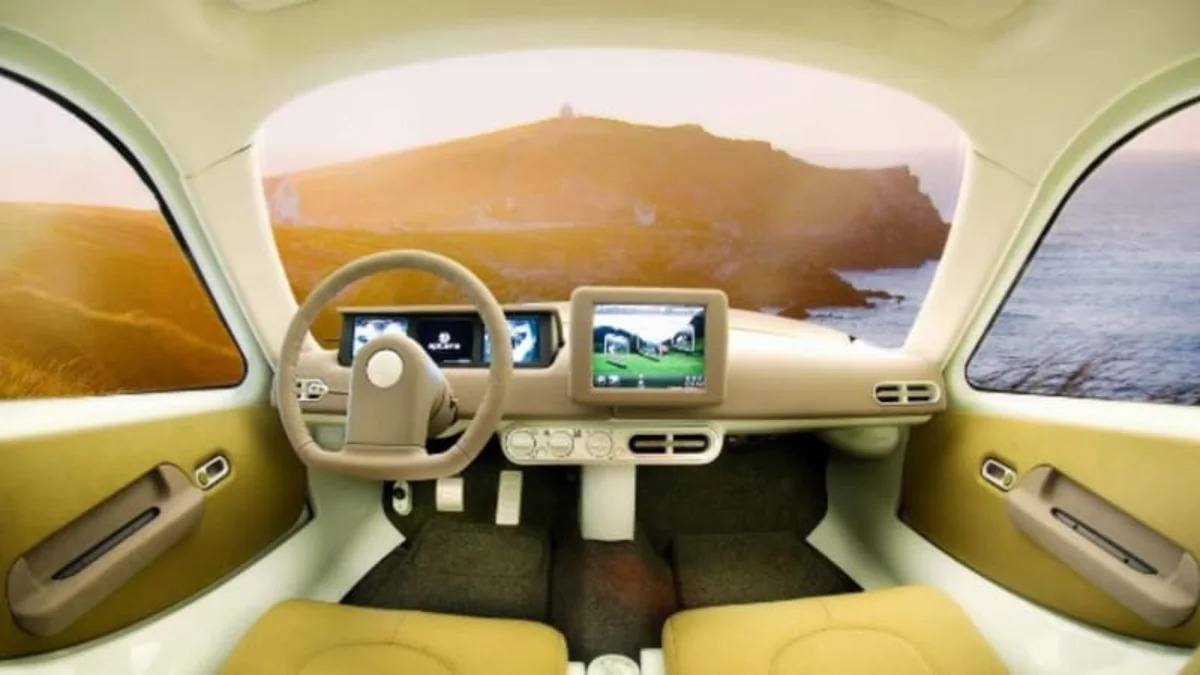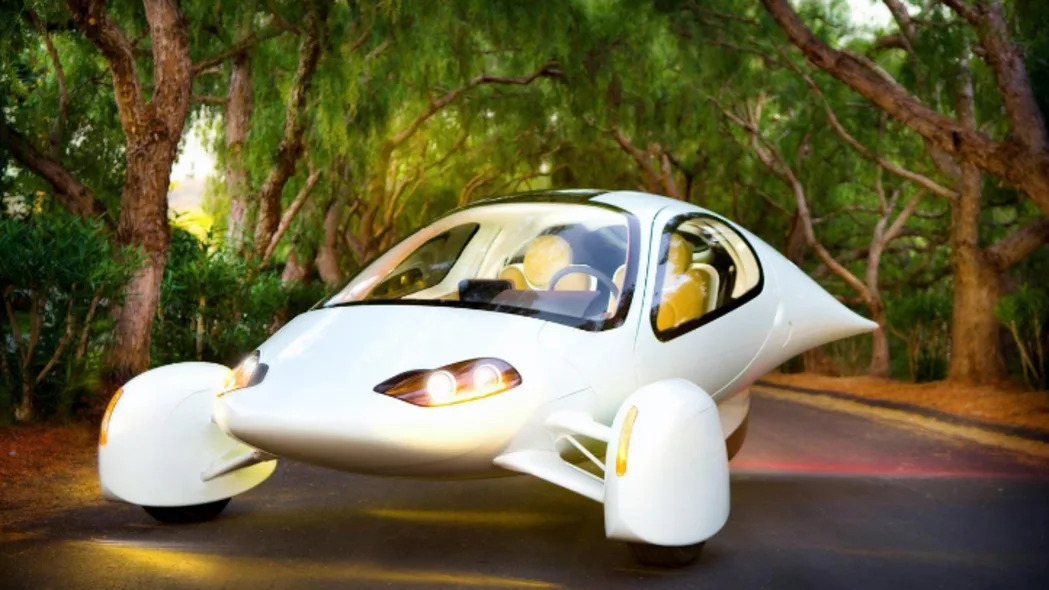 Recently, we received the following question from a reader:
Recently, we received the following question from a reader:
Interesting, no? We've been seeing such technology on concept cars and movies on the Sci Fi Channel for years, but there aren't actually any new cars available on the showroom floor of your nearest car dealership that offer such a feature. Why not, and when will we see it? Click past the break to keep reading.Rear view mirrors inevitably create blind spots. They add untold fuel costs by resisting airflow past the automobile at speed. Since the first back-up camera and display technology came on the scene they have been obsolete. What is taking so long for the slippery designs to emerge that would incorporate this technology for panoramic rear or 360-degree viewing, perhaps as a partially opaque image on the windshield?
I can't help but believe that somewhere in a design lab some technician is hard at work on this, so when will we see it in the market?
Replace the standard rear- and side-view mirrors? What's the big deal?
As we've already discussed in a previous Greenlings post, the aerodynamic efficiency of any given automobile is one of the contributing factors to calculating that vehicle's overall efficiency. Generally speaking (and assuming all else is equal), the more difficult it is to push a car through the air, the more energy will be used to travel a given distance. Now, take a look at the car that's parked in your driveway. See those big mirrors hanging off each side? Those likely detract from the car's aerodynamic efficiency.
Of course, safety is also of primary concern. While it might be possible to reduce the drag of a car's side mirrors, making them smaller would inevitably lead to a reduced view of what's going on around the car.

Huh. So, what can we do about it?
As pointed out by the question in our opening paragraph, there are currently designs in the works that would replace the side-view mirrors in our cars and trucks with cameras, which would send a live image of the car's surroundings to a display for the driver to monitor.
If there's already a display for the side mirrors, it would make sense to incorporate the windshield-mounted rear-view mirror into the system as well.
That sounds cool, when might we see it?
Actually, you can already get a glimpse of this kind of technology in action. Many vehicles – often large pickups, SUVs and minivans – are already equipped with cameras that display a rear-view image while the vehicle is backing up. Such systems are implemented to help a driver see what's directly behind the car... like, say, a small child, and they aren't active all the time.
Further, automakers such as Volvo and Ford are using blind-spot warning systems that help keep a driver from changing lanes when another vehicle happens to be in an area the driver can't see.
None of those technologies, while interesting and possibly very useful, are exactly what we're talking about here, though. As of today, there aren't any new cars or trucks that use cameras and video feeds exclusively as a replacement for traditional mirrors.
The first vehicle using cameras and video feeds that does go into production may be the Aptera 2e. While that machine isn't technically a car – due to its three-wheeled arrangement, the 2e will be considered a motorcycle in most States – and will also be equipped with standard mirrors, it is expected to feature the kind of technology we're talking about.
Why aren't rear- and side-view cameras available now?
As with many such questions, there isn't a single good answer as to why there aren't any rear- and side-view camera systems available as standard equipment on cars and trucks today. One reason, obviously, is cost. It isn't too expensive to fit a couple of well-placed mirrors on an automobile, but adding cameras, lenses, video screens and all the associated electronics can get pricey quick. There may also be legal red tape standing in the way of full-time video usage inside an automobile, and that would need to be worked out.
All things considered, though, while it would be very cool and would potentially offer some efficiency benefit, there is still plenty of lower-hanging fruit for car designers and engineers to grab that would likely have a much larger benefit. Further, many companies are hard at work on game-changing technologies like hydrogen and lithium ion batteries, and these developments are taking lots of time and resources to turn into realities. This being the case, we're not really expecting to see rear- and side-view camera systems show up as standard equipment on lots of cars for quite some time.
Have a question that you'd like us to consider for a future Greenlings article? Feel free send us a tip using the link at the top of your screen or reply to this or any other Greenlings post. We'll be watching.



Sign in to post
Please sign in to leave a comment.
Continue